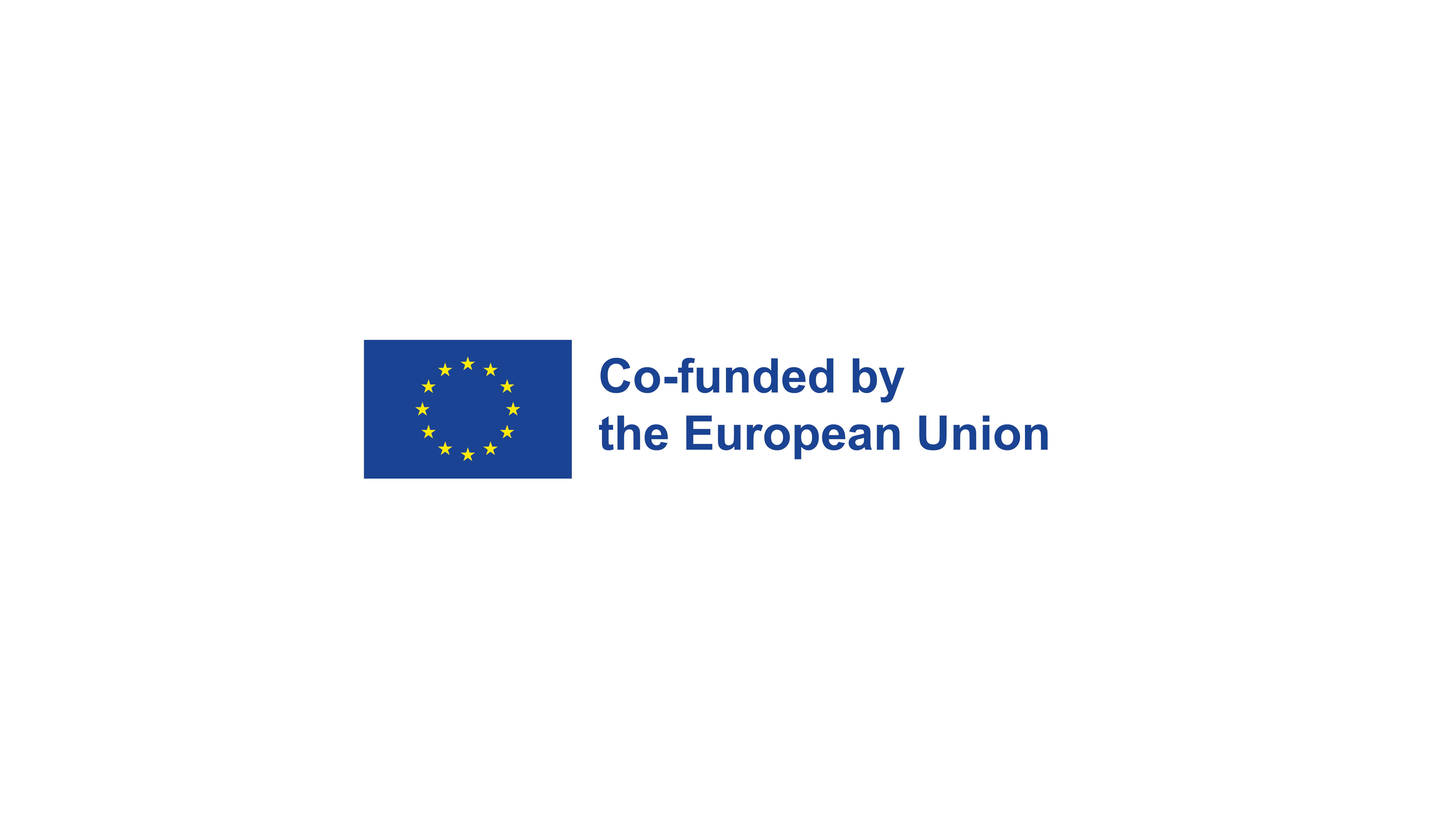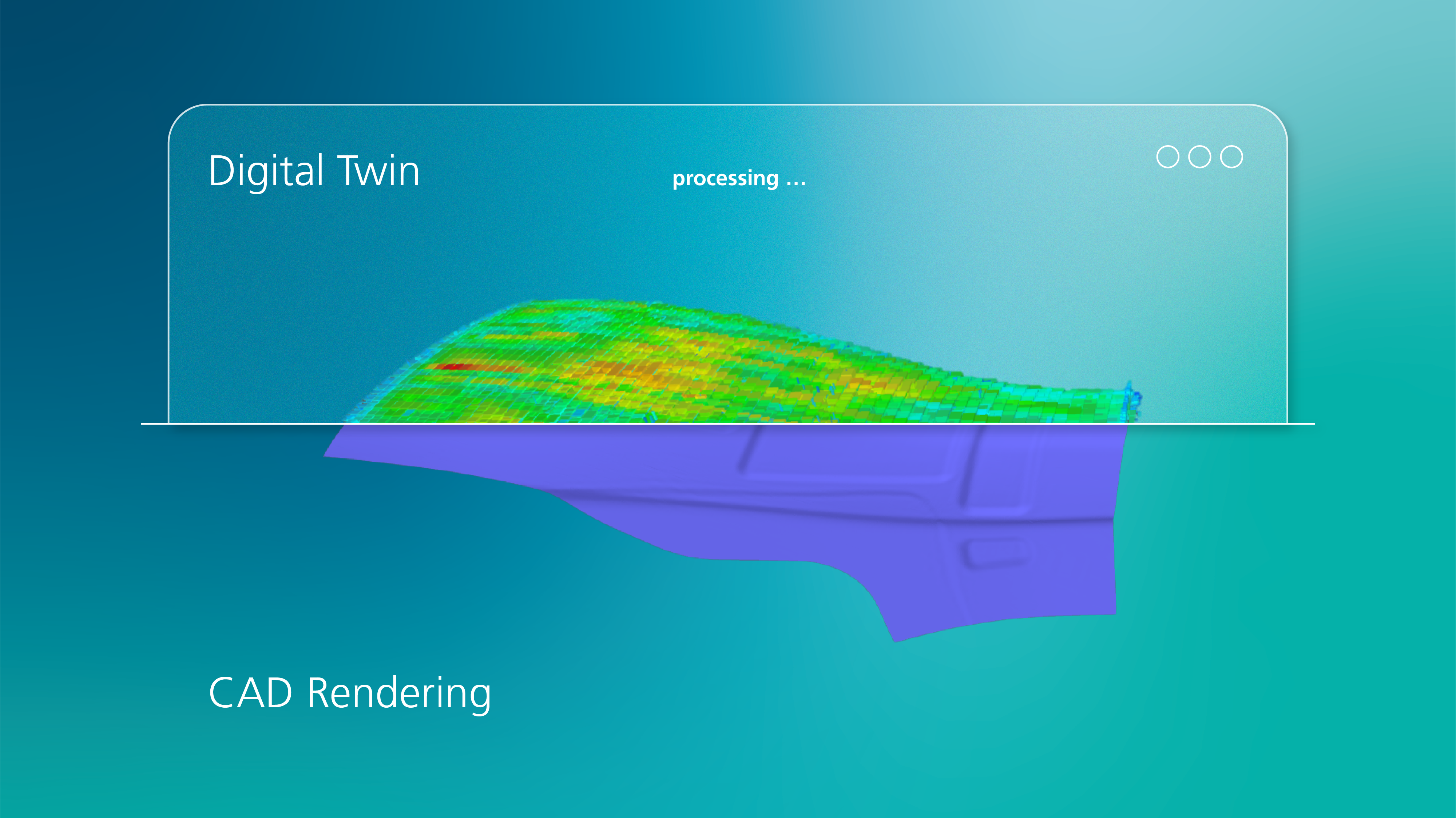Efficient production of high-performance fiber composite structures
Initially used manual placement processes are increasingly being replaced by automated placement processes such as Automated Fiber Placement (AFP). One reason for this is the steadily growing volume in the production of components for aerospace applications. In addition, the currently emerging topic of »Urban Air Mobility« plays a role (e.g. RACER and BTfly). With a forecast of 100,000 passenger drones in 2050, production rates more reminiscent of the automotive industry will be required.
Automated Fiber Placement has the potential to significantly reduce manual manufacturing operations to enable appropriate economic and reproducible production at the required volume. The load-optimized automatic placement of reinforcing fibers is the key to the weight-optimized and cost-effective realization of high-performance fiber composite structures. In addition, production-related semi-finished product waste, which can amount to between 25 and 50 percent in conventional methods and processes depending on component complexity, can be significantly reduced in this way.



